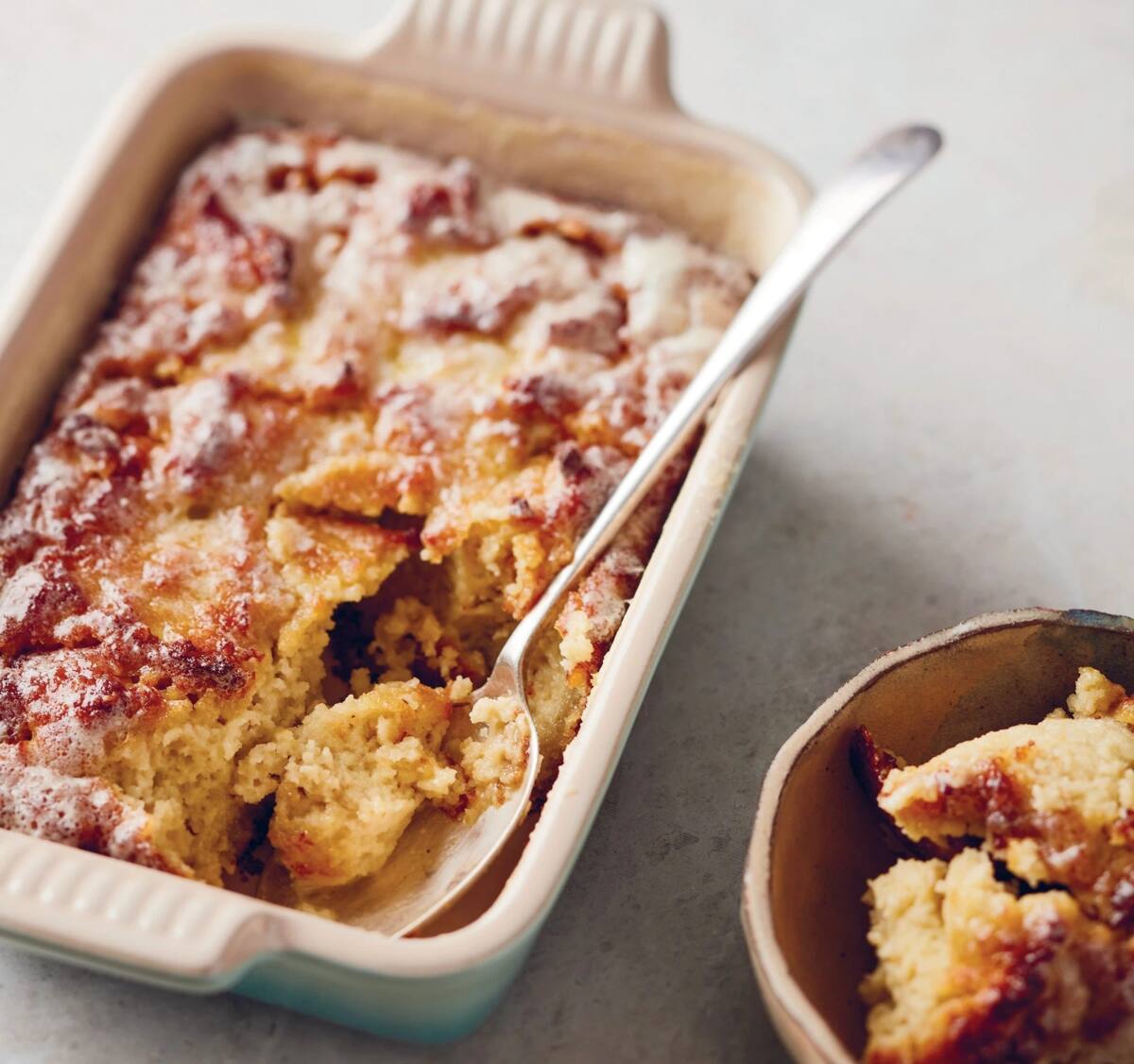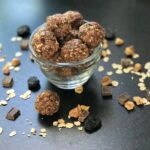Embark on a delightful culinary journey into the world of Banting cakes! This guide unveils the secrets to crafting delicious, low-carb cakes perfect for any celebration. Discover how the principles of the Banting diet seamlessly integrate with baking, transforming classic recipes into guilt-free indulgences. From simple sponge cakes to elaborate layered creations, we’ll explore a spectrum of flavors and techniques, empowering you to bake Banting cakes that are as stunning as they are delicious.
We’ll delve into foundational recipes, offering step-by-step instructions and visual cues to ensure baking success. Learn how to adapt your favorite traditional recipes to fit the Banting lifestyle, experimenting with alternative flours, sweeteners, and flavorings. Master advanced techniques like creating stable frostings and achieving diverse cake textures, all while adhering to the Banting principles. This guide is your comprehensive resource, offering solutions to common baking challenges and providing invaluable tips for achieving perfectly moist, flavorful, and visually appealing Banting cakes every time.
Banting Cakes for Special Occasions

Banting cakes, delightful alternatives to traditional high-carb desserts, can be just as impressive and delicious for special occasions. By cleverly substituting low-carb flours and sweeteners, we can create show-stopping cakes that are both celebratory and health-conscious. This section explores three unique Banting cake recipes designed for birthdays, weddings, and holidays, highlighting decorative techniques and the versatility of alternative ingredients.
Birthday Cake: Almond Flour Chocolate Fudge Cake
This decadent chocolate cake is perfect for a birthday celebration. The rich, moist texture comes from a blend of almond flour and coconut flour, providing a subtle nutty undertone that complements the intense chocolate flavor. The frosting, a luscious chocolate ganache made with heavy cream and dark chocolate, adds a luxurious touch. Imagine a three-layered cake, each layer meticulously leveled and frosted, creating a smooth, chocolatey surface. A scattering of fresh raspberries and a dusting of cocoa powder add a pop of color and visual interest. The cake is presented on a white cake stand, its elegant simplicity allowing the rich chocolate to take center stage. Candles, perhaps shaped like numbers representing the birthday, are placed atop the cake, completing the celebratory look.
Wedding Cake: Coconut Flour Lemon Poppy Seed Cake with Cream Cheese Frosting
For a wedding, a lighter, more elegant cake is appropriate. This coconut flour lemon poppy seed cake offers a refreshing alternative to traditional rich fruitcakes. The delicate crumb of the coconut flour is balanced by the bright citrus notes of lemon and the subtle crunch of poppy seeds. The cake is tiered, perhaps with two or three layers, each adorned with delicate buttercream rosettes in a soft white. Fresh lemon slices, thinly sliced and arranged artfully around the base of the cake, add a touch of vibrancy and a visual echo of the cake’s flavor profile. The presentation is sophisticated and understated, reflecting the elegance of the occasion. A simple ribbon tied around the base of the cake stand adds a touch of refined charm.
Holiday Cake: Spiced Pecan Almond Flour Cake with Maple Glaze
A festive holiday cake needs warmth and spice. This spiced pecan almond flour cake delivers just that. The almond flour provides a tender crumb, while warming spices like cinnamon, nutmeg, and ginger infuse the cake with a cozy aroma. Chopped pecans, scattered throughout the batter and sprinkled on top, add a delightful textural element. A rich maple glaze, drizzled over the cake, adds a touch of sweetness and visual appeal. The cake can be baked in a festive bundt pan, its intricate design adding to the holiday spirit. Or, it could be baked in a round pan and decorated with sugared cranberries and sprigs of rosemary, creating a rustic, yet elegant presentation.
Alternative Sweeteners and Flavorings in Banting Cakes
The success of a Banting cake for special occasions often hinges on the choice of sweeteners and flavorings. Erythritol, stevia, and monk fruit are popular low-carb sweeteners, each offering a unique flavor profile and level of sweetness. Erythritol tends to have a cleaner taste, while stevia can have a slightly bitter aftertaste if not used carefully. Monk fruit offers a balanced sweetness with a subtle hint of melon. Flavorings such as vanilla extract, almond extract, and citrus zest can elevate the cake’s flavor complexity. Using high-quality cocoa powder is crucial for rich chocolate cakes, ensuring a deep, intense chocolate flavor without the addition of unnecessary sugars.
Texture and Flavor Comparisons of Banting Cakes Made with Different Low-Carb Flours
Different low-carb flours impart unique textures and flavors to Banting cakes. Almond flour produces a tender, slightly crumbly cake with a subtle nutty flavor. Coconut flour, on the other hand, creates a denser, more moist cake with a distinct coconut taste. A blend of almond and coconut flour often strikes a balance, combining the tenderness of almond flour with the moisture of coconut flour. The choice of flour ultimately depends on the desired texture and flavor profile of the cake. Experimentation is key to discovering the perfect flour combination for your Banting masterpiece.
Advanced Banting Cake Techniques
Mastering the art of Banting baking extends beyond simple recipes; it delves into understanding techniques that unlock a world of flavour and texture possibilities while adhering to dietary restrictions. This section explores advanced methods for creating truly exceptional Banting cakes. These techniques will elevate your baking skills and allow you to craft cakes that are not only delicious but also visually stunning.
Layered Banting Cakes with Frosting
Creating a layered Banting cake requires careful consideration of both the cake layers and the frosting. The success of a layered cake hinges on the stability of the frosting, which must hold its shape and not become overly soft or runny. For the cake layers, ensure they are completely cool before frosting to prevent melting. To create a stable frosting, consider using cream cheese or a combination of cream cheese and butter, blended with a low-carb sweetener such as erythritol or stevia. The addition of a small amount of xanthan gum can help thicken the frosting and improve its consistency, preventing it from separating or becoming too soft. When layering, use a generous amount of frosting between each layer to ensure structural integrity and moisture. A light and airy whipped cream can be used as a lighter frosting option, but it will need to be kept chilled to maintain its form. Consider adding flavourings like vanilla extract, cocoa powder (for chocolate frosting), or nut butters for enhanced taste. The layers should be carefully aligned to create a visually appealing final product. A simple technique for achieving neat layers involves using a cake leveler to ensure each layer is perfectly flat before frosting.
Achieving Different Cake Textures
The texture of a Banting cake can be manipulated through ingredient selection and baking methods. For a moist cake, incorporate ingredients that retain moisture, such as almond flour, coconut flour, and applesauce. These ingredients add a subtle sweetness and richness while maintaining a soft crumb. For a denser cake, increase the proportion of almond flour to other flours, resulting in a more substantial texture, perfect for cakes intended to be sliced and served. To achieve a fluffy cake, incorporate egg whites separately and whip them to stiff peaks before gently folding them into the batter. This will introduce air into the mixture, resulting in a lighter and airier final product. Remember that the use of alternative flours, like almond or coconut flour, will inherently impact the texture, often resulting in a denser cake compared to traditional wheat flour cakes.
Comparison of Baking Methods for Banting Cakes
The choice of baking method can significantly impact the final outcome of your Banting cake. Different methods offer unique advantages and disadvantages.
- Conventional Oven: Provides even heat distribution, resulting in consistently baked cakes. This method is ideal for achieving precise results and is suitable for most Banting cake recipes. However, it requires more energy and preheating time.
- Air Fryer: Offers faster baking times compared to a conventional oven, using circulating hot air. This method is efficient and convenient but requires careful monitoring to prevent burning, especially for delicate cakes. The smaller cooking space may limit the size of cakes that can be baked.
With this guide as your companion, the possibilities for Banting baking are endless. Imagine the joy of sharing exquisitely crafted, low-carb cakes with loved ones at birthdays, weddings, or any special occasion. From the foundational recipes to the advanced techniques, you now possess the knowledge and confidence to create Banting cakes that are not only delicious but also beautifully presented. So, gather your ingredients, preheat your oven, and embark on this exciting baking adventure. The perfect Banting cake awaits!
Helpful Answers
Can I use artificial sweeteners other than those listed in the recipes?
Yes, many artificial sweeteners are suitable for Banting baking. However, keep in mind that different sweeteners have varying levels of sweetness and may affect the final texture and taste of your cake. Experiment to find your preferred option.
How long can I store Banting cakes?
Properly stored Banting cakes generally last for 3-5 days at room temperature, or up to a week in the refrigerator. Freezing is also an option for longer storage.
What happens if my Banting cake is too dry?
Dryness often results from overbaking or insufficient moisture in the batter. Next time, reduce baking time slightly, add a little extra liquid (e.g., unsweetened applesauce), or use a more moist low-carb flour blend.
Can I use a different type of pan?
While the recipes suggest specific pan sizes, you can adapt them to other sizes. Just remember to adjust the baking time accordingly. A smaller pan will require less baking time, and a larger pan will need more.


